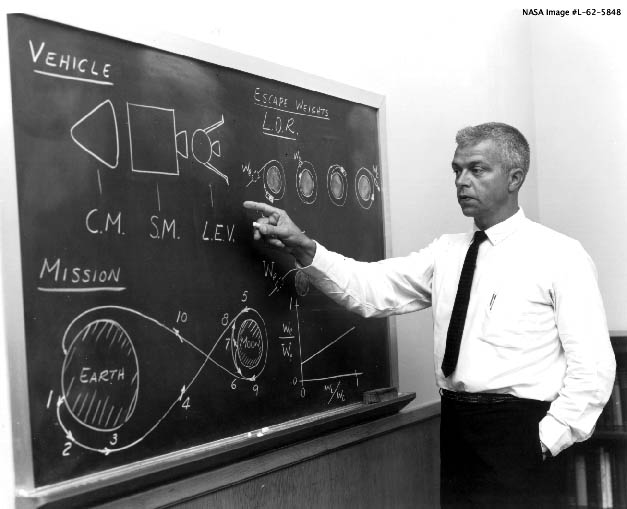June 30, 2010 Vol. 3, Issue 6
The demands of excellence are the same the world over.
Last spring I had the opportunity to visit three project-based organizations in the Piedmont region of Italy. What I saw was a commitment to three elements that might seem like an unlikely combination: craftsmanship, standards and processes, and cutting-edge technology.
My first visit was with Comau, a subsidiary of the Fiat Group that specializes in robotics and automation systems. My conversations with Valerio Crovasce, who leads Comau’s project academy, served as a reminder that in an extremely competitive sector like the automotive industry, having a workforce that’s highly skilled in project management is a competitive advantage. On the shop floor you see robots doing work that is highly routine, standardized, precise, and sometimes dangerous. There is a drive to develop standards and processes that optimize efficiency for repeatable tasks. At the same time, as a supplier producing components and subsystems for others, there is a clear understanding that the customer is at the center of any project. Stakeholder management is a top concern. Even in an organization focused on robotics, relationships are paramount.
I also visited Thales Alenia, a major European aerospace manufacturer. Thales has a strong program to develop top young engineers from universities, and it emphasizes learning how to think from a systems perspective. Thales also gave me a tour of an immersive learning and working environment it has developed that is a three-dimensional representation of everything we know about the solar system. This simulation, which is based on data from ESA, NASA, and other space agencies, is a powerful learning tool. It gives individuals the opportunity to communicate in real time and form relationships based on learning.
My final visit was to the Ferrari plant. The company was originally founded as a local entrepreneurial venture, and there is still a strong sense of connection to the community. The importance of story is immediately clear. As you enter the facility, there are historical cars on display with small placards that tell their stories. An executive told me that those cars are intended to remind employees of the big picture as they walk by them every day on the way to their workstations. I was also struck by the strength of the craftsman culture, which coexists with precision robotics. The men and women working in specific production areas are empowered as experts with a great deal of autonomy, and they exude a sense of pride. When you look out on the factory floor, you see something utterly unexpected: plants and trees that refresh the air. At the end of the line, the cars themselves bear a closer resemblance to works of art than mass-produced automobiles.
The bottom line is that it takes all three elements—high technology, standards and processes, and people—working in concert to achieve world-class excellence. Technology is critical for innovation. Standards and processes are means of leveraging knowledge, lessons learned, and best practices in pursuit of quality and continuous improvement. Neither technology nor standards and processes are useful in the absence of highly skilled, educated, and motivated people who have a sense of dignity and purpose about their work. When all three come together, the results are senza paragone.






